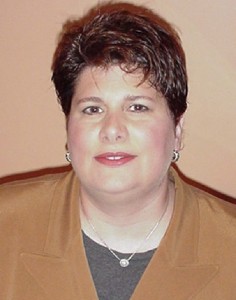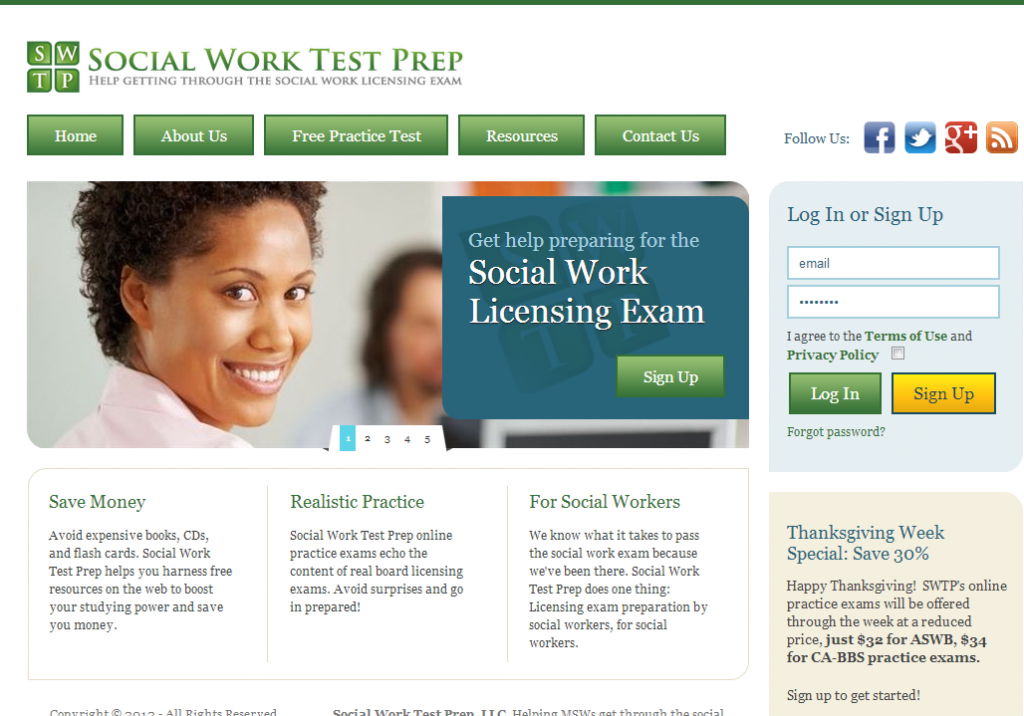 Marina London, LCSW writes about social media at iWebU and helps people with it at emphasisweb.com. She talked to Where the Client Is via email about some social media fundamentals for therapists.
Marina London, LCSW writes about social media at iWebU and helps people with it at emphasisweb.com. She talked to Where the Client Is via email about some social media fundamentals for therapists.
What’s your background? What do you do now?
I started off my career somewhat conventionally. BA in psychology from Yale University, MS in Social Work form Columbia University, psychiatric social worker at New York Hospital, private practice and then a 15 year career as an Employee Assistance Program executive. Started of as Clinical Director for a national EAP ended up as a VP of Operations for another one.
I was an early technology adopter from the get go and was in charge of IT at many of the EAPs I worked for being that rare bird – a clinician who understood computers. Since 2005 I have been the Web Editor for the Employee Assistance Professionals Association. Since 2008 I have been training clinicians on how to understand and use social media to grow their private practices. I have presented at numerous local, national and international conferences on this topic. My next major gig is an all day workshop at the Psychotherapy Networker Symposium in March 2010.
I write an award winning blog http://iwebu.blogspot.com and my Twitter is twitter.com/iwebu. I continue to maintain a rather peculiar skill set (for a social worker) which includes HTML coding, web site design and content writing, as well as other assorted geekery.
What do you see as the most important steps non-tech-savvy clinicians can take to help build their practices?
Step one is to do a ruthless inventory of your skills and your available time, as this will inform your level of involvement. If you don’t have the requisite skills, hire someone to teach you or do it for you. For example, if you only have 15 minutes a week to devote to social media, and find writing to be an excruciating process, don’t blog.
The second step is probably still to have a well designed and well written website. It does not have to be big or full of bells and whistles but it should state clearly:
· Your credentials
· Your areas of specialization
· What is unique about you as a practitioner
· Your publications and presentations if applicable (articles you have authored, speaking engagements)
· How to contact you
· How to find you (e.g. directions to your office)
The third step is to get involved in social media. This can be overwhelming because there are literally dozens upon dozens of social media “channels”, from Ning to Facebook, from LinkedIn to Twitter, from blogging to less known ones like BlogTalkRadio. The important thing to remember is that there are three levels of involvement in social media, from observer, to commentator, to content producer. So let’s say you are a good writer and have something to say and you are thinking about blogging. Step one: read blogs. Step two: read and write comments on other people’s blogs. Step three: write your own blog.
What are the most common tech missteps you see?
On the web site side of things, I still see a lot of poorly written, unprofessional looking sites with bad photography. Clinicians should hire professional photographers – especially for that all important head shot, retain a copywriter if they can’t write web copy, and hire a designer to ensure a professional look. It’s not that expensive and it’s worth it.
On the social media side, I see a lot of clinicians who jump to step three as stated above and then call me in a panic. For example, they launch a Twitter account, tweet once and then have no clue what to do next. Using social media to build a practice is completely different than doing it purely for social purposes. So before setting up a Twitter account, it is important for professionals to follow other clinicians on Twitter, direct message them and articulate a set of goals for the tweets, for example “I want to become recognized as an expert on EMDR for adolescents.” The tweets should be focused around that goal, and you should follow people on Twitter in a purposeful manner. Who can help you further that aim?
If you’ve done all of the above, how will you know it’s working?
Well with respect to the website you may not. Sure you can do (or have someone do for you) some Search Engine Optimization stuff and some Google Analytics to see how many people visit your site. Reality – as one of my favorite new media experts has said – “Having a website is like having a billboard in the desert.” In other words, unless you actively drive people to your site using other forms of social media, that’s not how you are going to build your practice. You need a website because pretty soon the phone book is going to be totally obsolete and plus, having a website gives you gravitas.
With respect to social media, you have better indicators. How many followers do you have on Twitter? How many people subscribe to your blog? But it is not just about the numbers. It can be about quality. Any day I would prefer to have 10 serious and well connected new followers on Twitter rather than 100 people who absent mindedly clicked “follow.” Clinicians need to remember – you are not Ashton Kutcher trying to hit 1 million followers on Twitter. You are trying to get relevant colleagues to refer to you, new clients for your practice, a booking to speak in front of the local PTA, etc.
Forget about complex analytics, a simple question to new clients, “How did you hear about my practice?” will tell you a lot.
Any other words of wisdom you’d like to add…?
If clinicians are serious about using new media to promote their practice, they might be interested in a concept that I developed called the “Social Media Marketing Triangle.”
I had the idea after I heard my contractor talking about the “kitchen work triangle” as he attempted to remodel my “vintage” kitchen into something more 21st century. He kept harping about the need to have an invisible “work triangle” created by the arrangement of the sink, the stove and the refrigerator. It seems that the placement of these three elements in relation to each other is intrinsically connected to designing an efficient kitchen.
It got me thinking – maybe the key to promoting a professional practice on the web is an invisible “triangle” that you create on the Internet by cross referring between at least three web platforms.
Take, for example, your website, your Facebook page and your Twitter account. What if the strategic placement of any three social media elements in relation to one another is fundamentally connected to successfully marketing your practice on the Internet? So, your website refers to your blog, your blog refers to Twitter, your Twitter account refers back to your website.
In any event, a website and two other social media outlets is about the max that most people can handle and do a good job with. Though I professionally use and lecture about many social media channels, I personally only use two to promote my work.
For more information on how you can use social media and other technologies to grow your practice, read my weekly “web secret” at http://iwebu.blogspot.com. For daily secrets on all matters web for the non-geeky clinician, follow me on Twitter at http://twitter.com/IWEBU.

Leave a Reply
You must be logged in to post a comment.